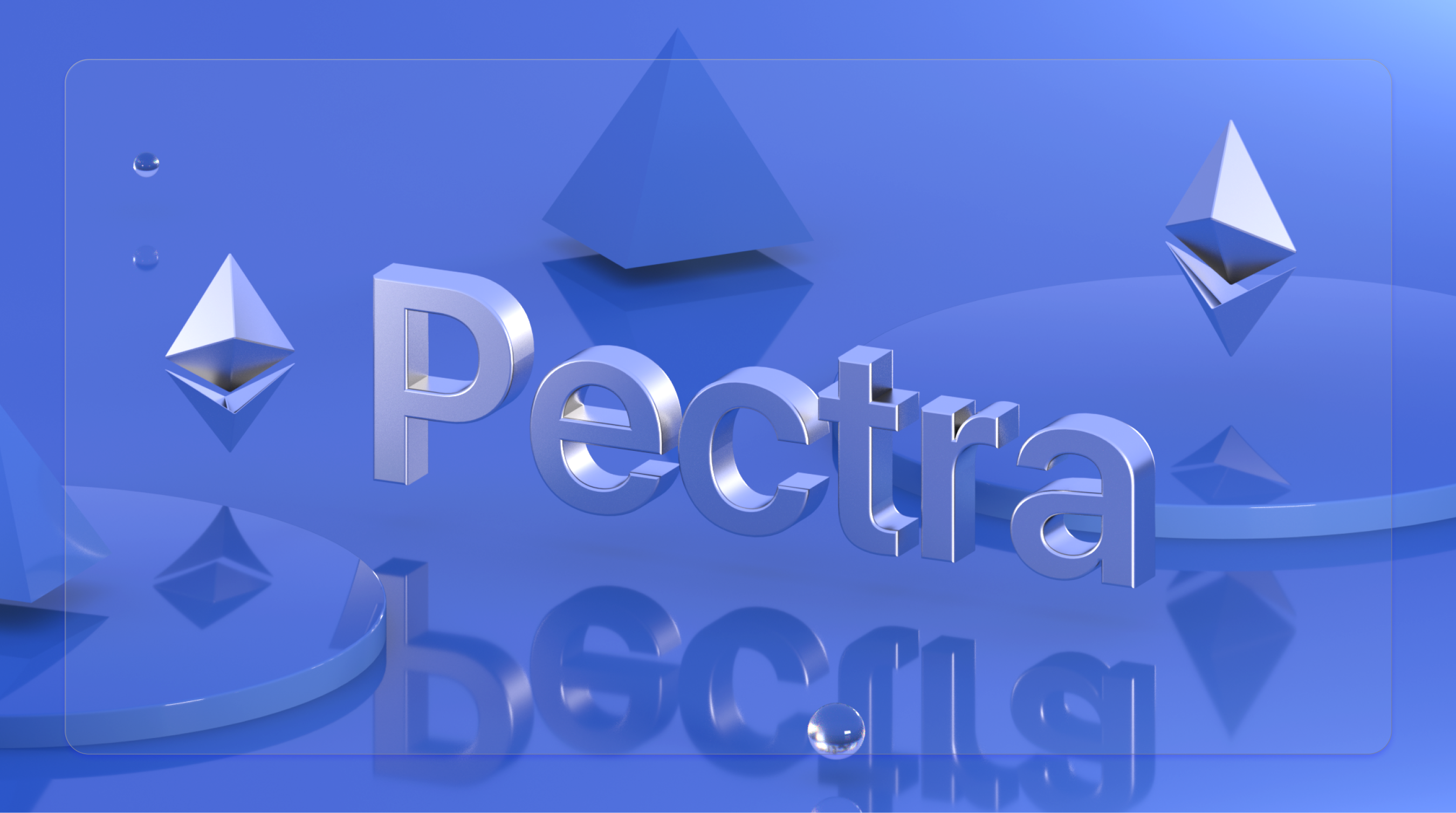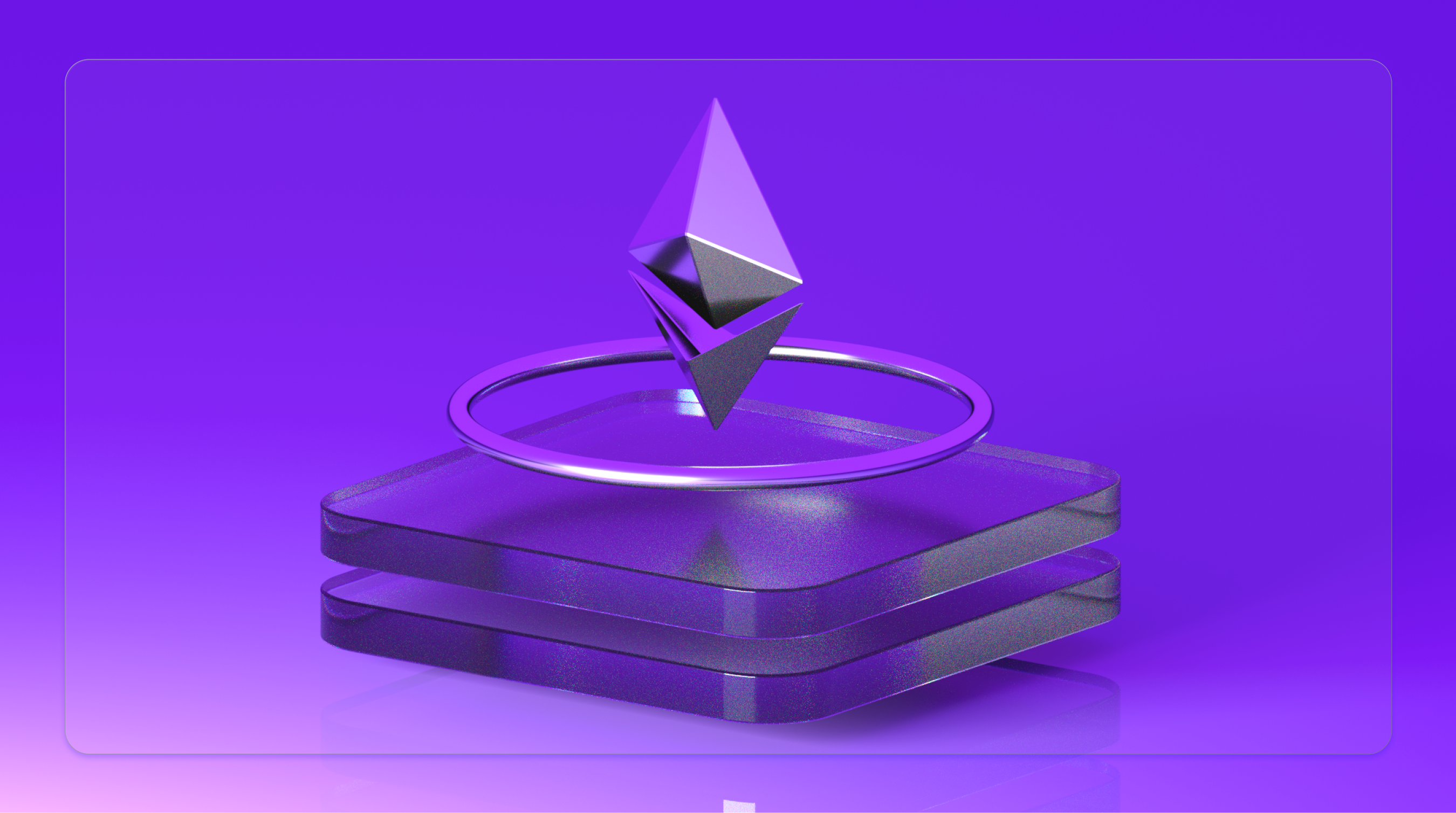We are welcoming you to our weekly digest! Here, we discuss the latest trends and advancements in account abstraction, as well as bring some insights from Etherspot’s kitchen.
The latest news we’ll cover:
-
Upcoming Ethereum Upgrade “Pectra” Set for Q1 2025
-
MagicSpend++ Framework: Transforming Multi-Chain Transactions on Ethereum
-
Vitalik Buterin Discusses the Cultural Dynamics of Ethereum’s Layer 2s
-
Zeeve Launches Arbitrum Orbit L3 Launchpad
-
Zyfi’s Deep Dive Into EIP-7702
Please fasten your belts!
Upcoming Ethereum Upgrade “Pectra” Set for Q1 2025
Ethereum’s next significant upgrade, Pectra, is scheduled for the first quarter of 2025 and will introduce the Ethereum Virtual Machine Object Format (EOF), among other advancements.
This upgrade plans to incorporate around 11 Ethereum Improvement Proposals (EIPs) aimed at refining and expanding Ethereum’s capabilities. One of the key features is the integration of PeerDAS, a peer-to-peer data distribution system designed to enhance network resilience and performance.
Additionally, the upgrade will replace the current EIP-3074 with EIP-7702, proposed by Vitalik Buterin, to improve the functionality of Externally Owned Accounts (EOAs) by enabling them to act temporarily as smart contract wallets, thereby enhancing user experience and security.
This comprehensive upgrade, including both the Prague and Electra updates on the Execution and Consensus Layers, respectively, seeks to optimize Ethereum’s transaction processing and consensus mechanisms, solidifying its infrastructure.
Although some proposals, like the integration of Verkle trees, may be delayed to a subsequent update named Osaka, the Pectra upgrade is a pivotal step in Ethereum’s ongoing development.

MagicSpend++ Framework: Transforming Multi-Chain Transactions on Ethereum
Socket proposes MagicSpend++, a framework designed to streamline the transactional experience across multiple rollups on the Ethereum network. This initiative, detailed on EthResearch, aims to address the challenges faced by Ethereum users who currently manage assets across a multitude of rollups, encountering issues with high latency and complex bridging requirements.
MagicSpend++ builds upon the existing Account Abstraction standard, aiming to merge individual token balances into a unified Chain Abstracted Balance (CAB). This innovative approach allows users to transact instantly on any chain without the need for GAS, bridging, or latency, fundamentally transforming how assets are handled in multi-chain environments.
Key Features and Operations:
-
Unified Balance: Combines user assets across different chains into a single spendable balance.
-
Gas-less Transactions: This enables a completely gas-free experience for the user.
-
Instant Transactions: Removes the need for cross-chain bridging, providing zero-latency executions.
The MagicSpend++ model uses time-locked vaults to secure assets. After a set period, withdrawals are allowed back to the user’s EOAs, maintaining instant usability across chains.
This system promises a more streamlined and efficient user experience by enabling “spend now, debit later” operations, where transactions are executed immediately and reconciled with the user’s CAB thereafter.
This novel framework addresses the significant challenges of asset fragmentation and transaction latency in current multi-chain scenarios, marking a critical step towards more seamless interactions across the Ethereum ecosystem.
Vitalik Buterin Discusses the Cultural Dynamics of Ethereum’s Layer 2s
In a recent blog post, Vitalik Buterin explores the cultural significance of L2s in the Ethereum ecosystem, focusing on how they extend beyond technical implementations to influence the organizational structures within the blockchain community.
The post highlights the shift from a purely technical perspective to understanding the broader organizational and cultural implications of Ethereum’s scaling solutions.
Buterin argues that the development of L2 solutions is not just about the technologies themselves but about the potential for creating diverse and pluralistic sub-ecosystems within Ethereum. This diversity allows for varied approaches to scaling, virtual machine design, and other technical features, enriching the Ethereum ecosystem as a whole.

The post emphasizes that blockchains develop unique cultures that affect everything from protocol changes to the types of applications they attract. Buterin uses the historical divergence of Ethereum and Ethereum Classic as an example of how identical technologies can evolve differently due to underlying cultural differences. He notes that cultural factors are akin to incentives; they shape who participates in a network, the actions they take, and what is deemed legitimate within that space.
Buterin mentioned three Ethereum subcultures:
-
Cypherpunks: Focus on privacy and open-source development, influencing infrastructure and tooling.
-
Regens: Engage in governance experiments and public goods, driven by a regenerative philosophy.
-
Degens: Speculators and traders driven by financial outcomes, often engaging with high-risk assets.
The blog post asserts that Layer 2s serve as “playing fields” for these subcultures, allowing them to develop their niches while contributing to Ethereum’s broader objectives. Buterin concludes by discussing the importance of maintaining cultural pluralism within Ethereum to foster both innovation and inclusion.
Zeeve Launches Arbitrum Orbit L3 Launchpad
Zeeve, a Rollups-as-a-Service (RaaS) provider, recently introduced the Arbitrum Orbit L3 Launchpad, a toolkit that facilitates the deployment of L3 Optimistic Rollup DevNets with just a single click. This new platform aims to simplify developers’ processes by allowing them to easily configure and deploy their rollup projects for testing and mainnet launches.
The launchpad features a suite of tools, including a Block Explorer, Native Bridge UI, and Sequencer, with Ethereum as the default settlement layer. It supports a variety of third-party integrations for enhanced functionality, such as oracle services, and interoperability solutions.
Zeeve’s CEO, Dr. Ravi Chamria, highlights the readiness and reliability of Optimistic rollups and the comprehensive support the platform offers developers, from deployment configurations to professional monitoring and support.
Arbitrum Orbit underpins the platform, offering a permissionless avenue for launching custom chains with security tied to Ethereum, and is adaptable for specific needs like throughput, gas tokens, and governance.
Recently, Etherspot partnered with Zeeve to leverage Etherspot’s suite of AA tools to enhance rollup and appchain deployment on Zeeve’s platform. This collaboration enables developers to integrate Etherspot’s Prime AA SDK and other AA services into their projects, simplifying the implementation of AA functionalities like multi-factor authentication, gasless transactions, and seamless multi-chain experiences.
Additionally, last week Zeeve hosted an AMA “Building on Rollups? Simplify Account Management with Etherspot”. The recording can be found here.
Zyfi’s Deep Dive Into EIP-7702
Zyfi, a platform offering gas abstraction solutions on zkSync, has released the first part of a comprehensive guide on the potential implications and applications of Ethereum Improvement Proposal 7702.
The guide elaborates on how EIP-7702 aims to transform Externally Owned Accounts (EOAs) by enabling them to temporarily adopt smart contract functionalities, thereby enhancing user interaction and security within the Ethereum ecosystem.
EIP-7702 introduces capabilities such as gas sponsorship and transaction batching, which groups multiple operations into a single transaction. This proposal facilitates advanced recovery options and implements measures like privilege de-escalation and biometric-based authentication, significantly broadening the functionality of EOAs.
The article explains that EIP-7702 ensures compatibility with ongoing Ethereum infrastructure developments like ERC-4337, which promotes account abstraction. This compatibility is crucial for integrating multifactor authentication and other advanced features seamlessly into existing systems.
The guide also highlights ongoing discussions surrounding EIP-7702, focusing on several key variations proposed for community debate.

🐞 Looking to enhance your dApp’s user experience and onboard more users with Account Abstraction, all without the development hassle?
Explore Etherspot’s TransactionKit, an intuitive React toolkit that simplifies building Web3 applications!
Start exploring Account Abstraction with Etherspot!
-
Learn more about account abstraction here.
-
Head to our docs and read all about Etherspot Prime.
-
Skandha — developer-friendly Typescript ERC4337 Bundler.
-
Arka — an open-source Paymaster Service for gasless & sponsored transactions.
-
Explore our TransactionKit, a React library for fast & simple Web3 development.
❓Is your dApp ready for Account Abstraction? Check it out here: https://eip1271.io/
Follow us
Website | X | Discord | Telegram | GitHub | Developer Portal